Wallpaper* test-drives the new Range Rover
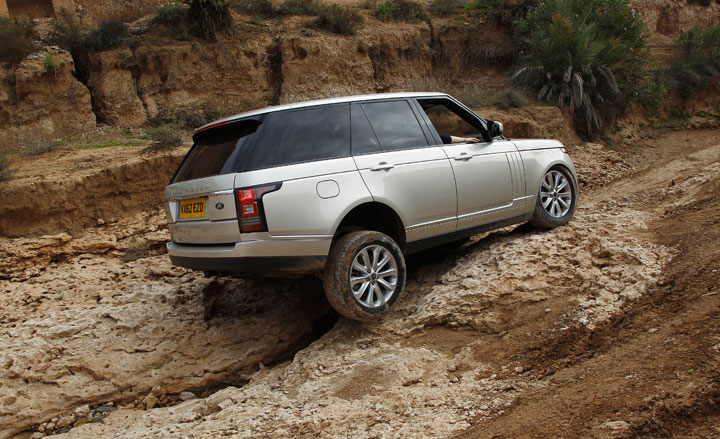
When the new Range Rover was unveiled a couple of months ago, the official line was that the car performed as well as it looked, losing none of the model's fabled go-anywhere ability in its drive to the upper end of the car market. Having now helmed this impressive beast on a range of different terrains in the Moroccan countryside, we can confirm that the company is right.
The Range Rover's ability to switch from near-silent running along Marrakech's relatively new highway system to plugging through a boulder-strewn riverbed, with fast-running muddy water reaching up and over the car's expansive bonnet, is remarkable. It's true that no one makes featherweight SUVs, but these critics are of course missing the point: a Range Rover represents embodied potential, an inherent ability that forms a sort of unconscious cushion between you and the world.
Long considered the doyenne of all so-called 'luxury' SUVs, the original Range Rover forged the market segment that is now the most prominent - and profitable - of all car types. Along the way it's had to weather environmental opposition, changes of company ownership and the introduction of a swathe of competent rivals.
The Range Rover really came of age during the company's short period of BMW ownership, when the German giant put its design and engineering knowhow into the third generation model introduced in 2002. A step change in design and quality, the L322 fused classical proportions with titanic competence. This Range Rover was enhanced and upgraded to remain at the very top of its class, and by the time of Land Rover's eventual acquisition by Tata in 2008, forming Jaguar Land Rover, it remained a force to be reckoned with. Only now there were funds to develop a suitable replacement.
Fast forward to 2012 and the new car's three-year development is complete. All new from the ground up, the fourth-generation Range Rover, the L405, was styled by a team led by design director Gerry McGovern. The official line behind the new model's familiar-but-different family likeness is that it is an explicit reference to the brand's heritage, most notably a synthesis of the original car and the latest generation. And it's true: the Range Rover is an obvious evolution of its predecessor, with an added crispness of line derived from the angular purity of the original 1970 model.
Morocco offered the company a perfect location, with modern highways and busy cities that co-exist with dramatic scenery and proper off-roading terrain. Hence for nearly two months in late 2012, a sizeable contingent of auto journalists descended on Essaouira for a true Range Rover experience. Although the car's extreme duality might not be very representative of most owners' daily commutes, there's no doubting Land Rover has achieved what it set out to do and built a genuine luxury off-roader.
There are two major factors at play: the car has been engineered to save weight and designed to increase space. An all-aluminium unitary body trims the car's base weight by as much as 400kg over its predecessor, while clever rejigging of the wheelbase and interior programme gives rear-seat passengers much more legroom, even though the overall length is up by just a few millimetres.
In profile, the new car is a little sleeker than before. It has a lower glasshouse and a more rakish feel, generated by kicked-back headlights and taillights that 'bleed' around the corner down the flank to counter the bluff, architectural appearance of earlier models. Rippled vent details at the leading edge of the doors soften the bluff sides, while the rear window slopes slightly more steeply than before. Inside, the acclaimed dashboard of the L322 has been built upon and improved, with high-quality materials, fewer buttons and that high, high driving position. The latter rewards you with a clear view over the car, hedgerow or barrier ahead, an insight into road, route and driver behaviour that fast becomes extremely addictive.
Perhaps that's the point of any form of transportation that extends beyond the purely functional. But most importantly for Range Rover, the L405 shows the brand staking its place in the true luxury market. The previous model only reached a six-figure price tag when it was dressed up as the strictly limited-edition Range Rover Autobiography Ultimate, awash with teak and aluminium trimmings and iPads. The new car starts at a much higher price point, from just over £71,000 for the 'base' model (a 3.0 diesel V6), rising to £98,000 for the big 5.0-litre supercharged V8. A hybrid will follow, along with more lavish trim and bodywork options.
Even the base model can compete with the most lavish limousines from Bentley, Mercedes and others, although the added horsepower of the V8 models is welcome. And even though crunching down a long gravel drive might be the toughest terrain you'll ever see, we took the Range Rover along steep gulleys, across rivers and up slopes - and it didn't break stride (even with two flat front tyres, it still ploughed through a deep river bed).
There's a steely solidity beneath this car, yet it's also finely wrought, almost as if it had been hewn from a single billet of aluminium. There's also a sympathy with modernist ideals in the bodywork's purity of line and 'less is more' sensibility. In an age when car design is getting more complex and ever fussier, the L405 is a refreshing return to simplicity. In fact, like the car itself, you'll find it hard to complain about anything at all.
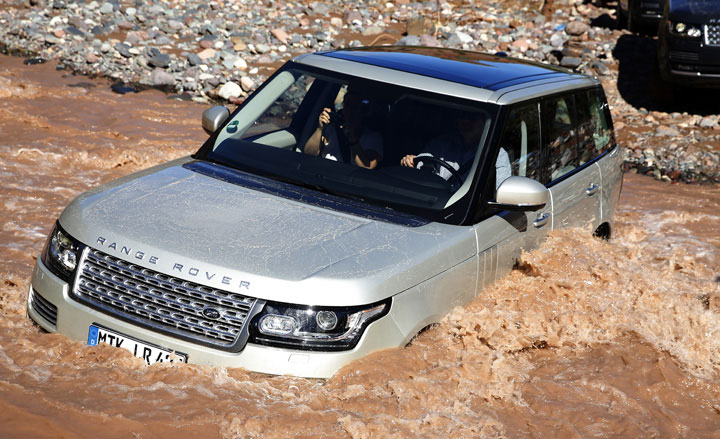
The car has been engineered to save weight and designed to increase space
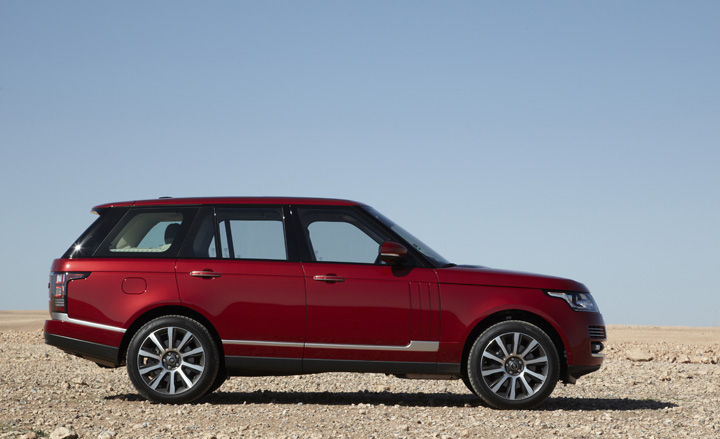
In profile, the new car is a little sleeker than before, with a lower glasshouse and a more rakish feel generated by the kicked back headlights and taillights
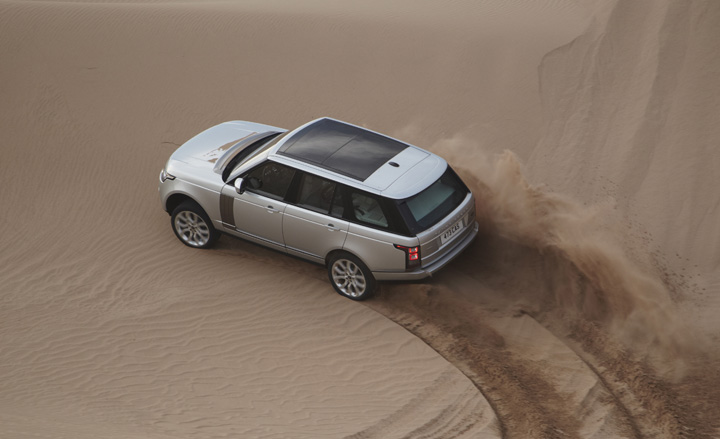
Styled by a team led by design director Gerry McGovern, it is an obvious evolution of its predecessor, with an added crispness of line derived from the angular purity of the original 1970 model
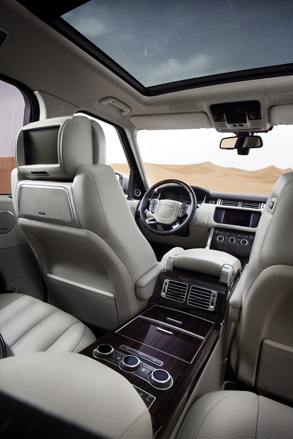
Inside, the acclaimed dashboard of the L322 has been built upon and improved, with high quality materials, fewer buttons and that high, high driving position, which fast becomes extremely addictive
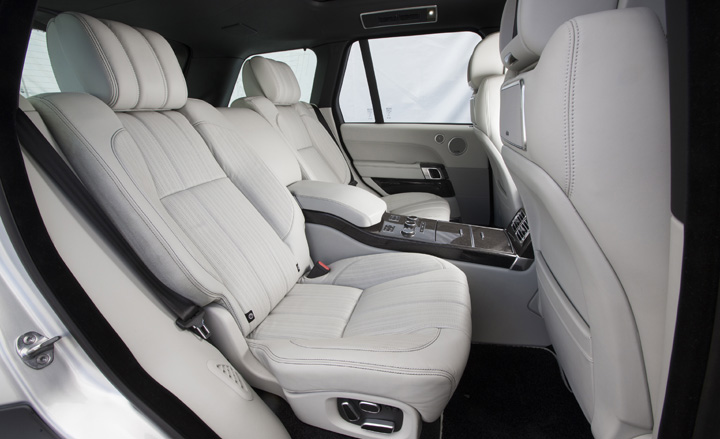
Clever rejigging of the wheelbase and interior programme gives rear-seat passengers much more legroom, even though the overall length is up by just a few millimetres
Receive our daily digest of inspiration, escapism and design stories from around the world direct to your inbox.
Jonathan Bell has written for Wallpaper* magazine since 1999, covering everything from architecture and transport design to books, tech and graphic design. He is now the magazine’s Transport and Technology Editor. Jonathan has written and edited 15 books, including Concept Car Design, 21st Century House, and The New Modern House. He is also the host of Wallpaper’s first podcast.
-
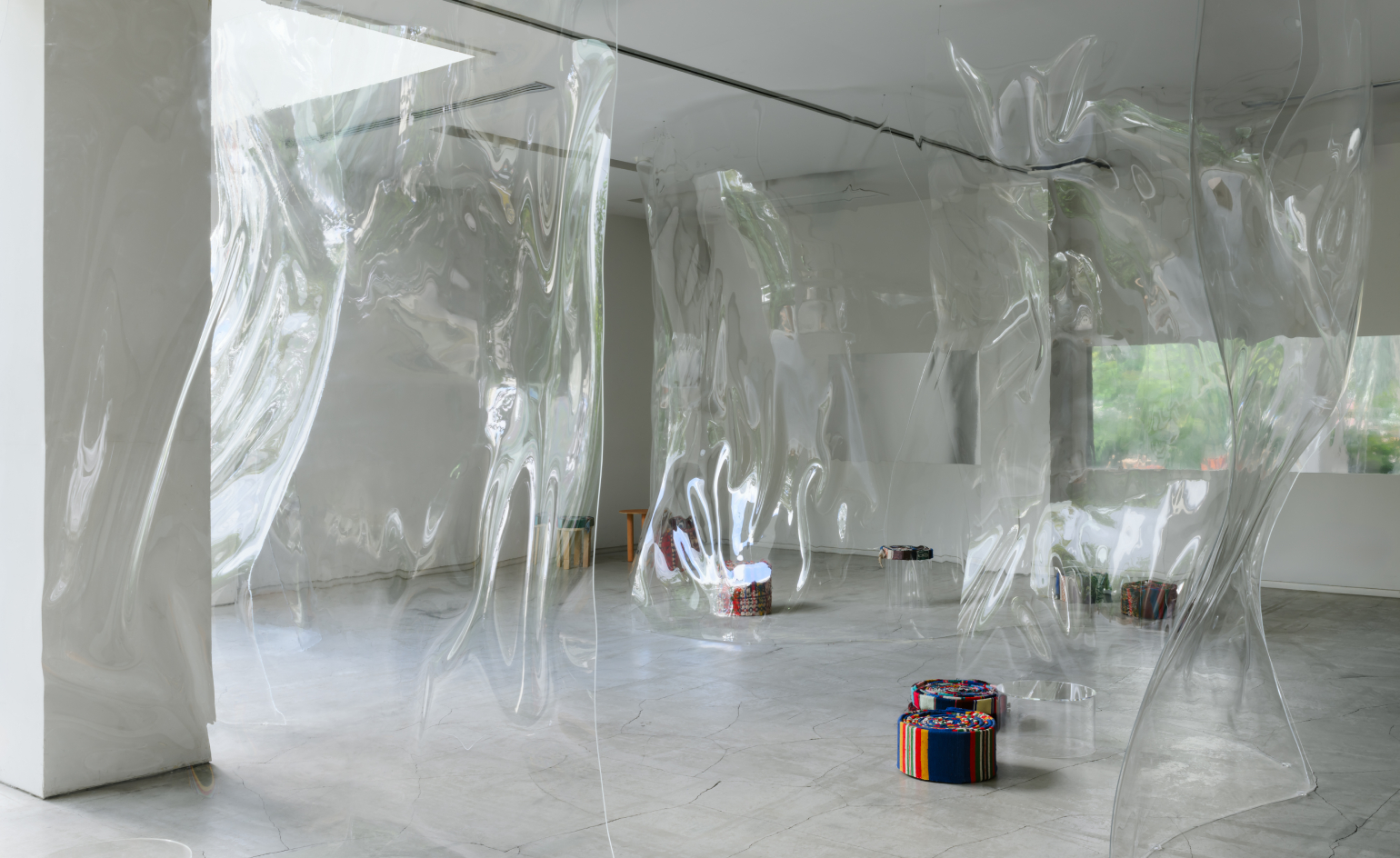 How Ichio Matsuzawa designed the almost-invisible bar defining Art Week Tokyo 2025
How Ichio Matsuzawa designed the almost-invisible bar defining Art Week Tokyo 2025During the art fair’s latest instalment, Wallpaper* met the Japanese architect to explore architecture as sensation, not structure
-
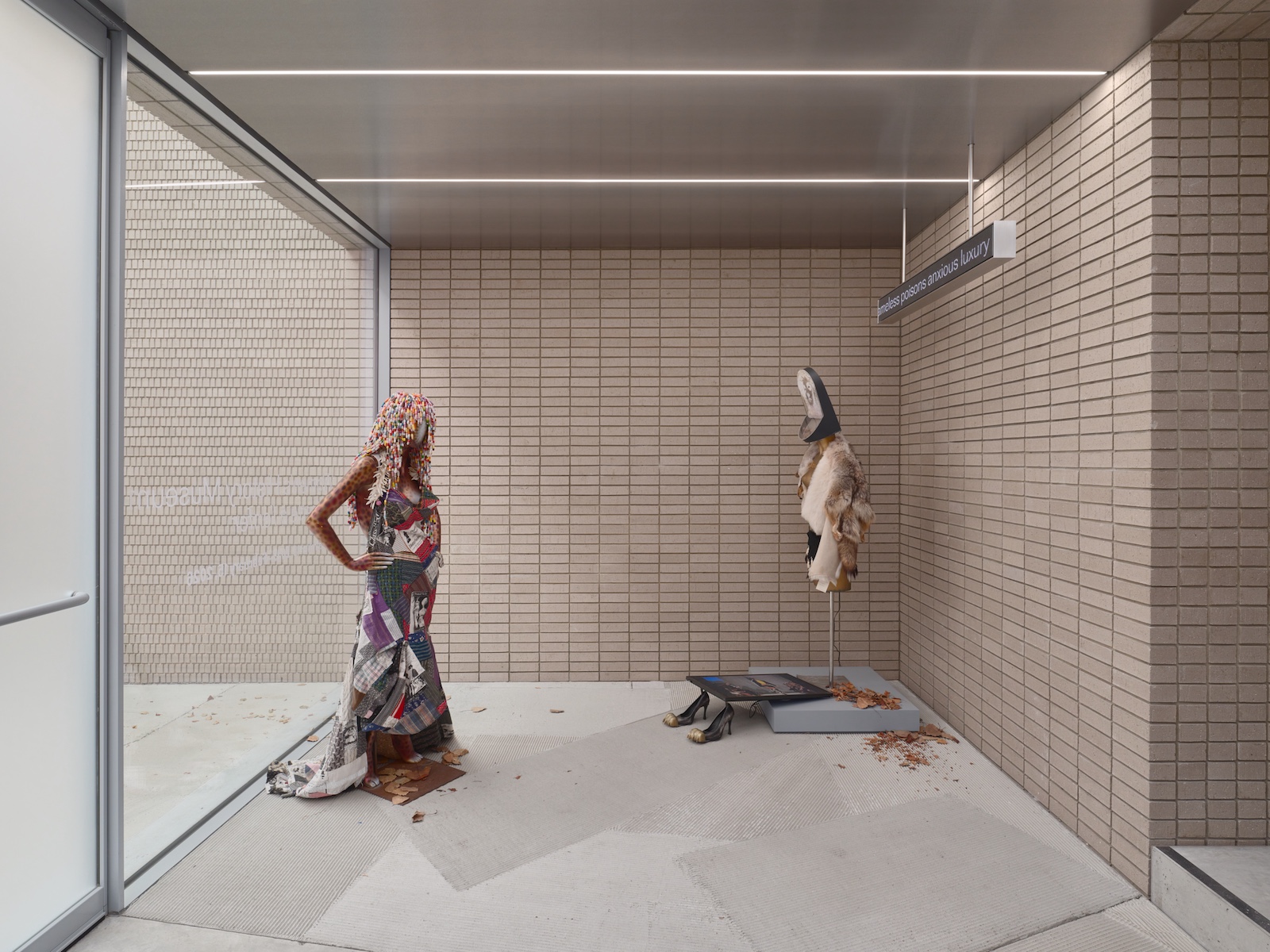 The story behind rebellious New York fashion label-cum-art collective, Women’s History Museum
The story behind rebellious New York fashion label-cum-art collective, Women’s History MuseumMattie Barringer and Amanda McGowan’s multidisciplinary label has been challenging fashion’s status quo for the past decade. As they open a new exhibition at Amant, Brooklyn, the pair sit down with Wallpaper* to discuss their provocative approach
-
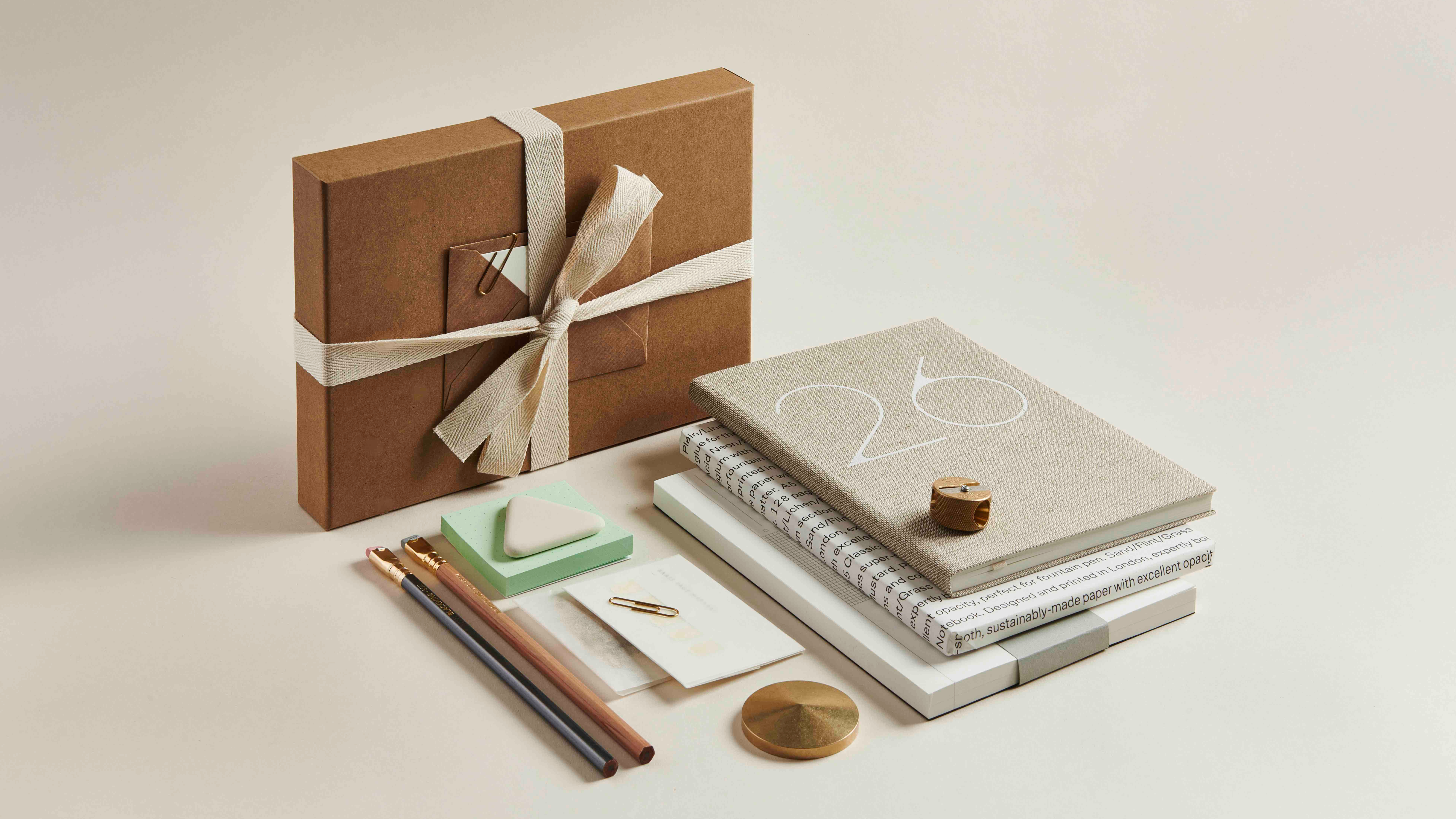 Mark+Fold Turns 10 with first Shoreditch pop-up
Mark+Fold Turns 10 with first Shoreditch pop-upBritish stationery brand Mark+Fold celebrates ten years in business with a Brick Lane pop-up featuring new products, small-batch editions and conversations with creatives
-
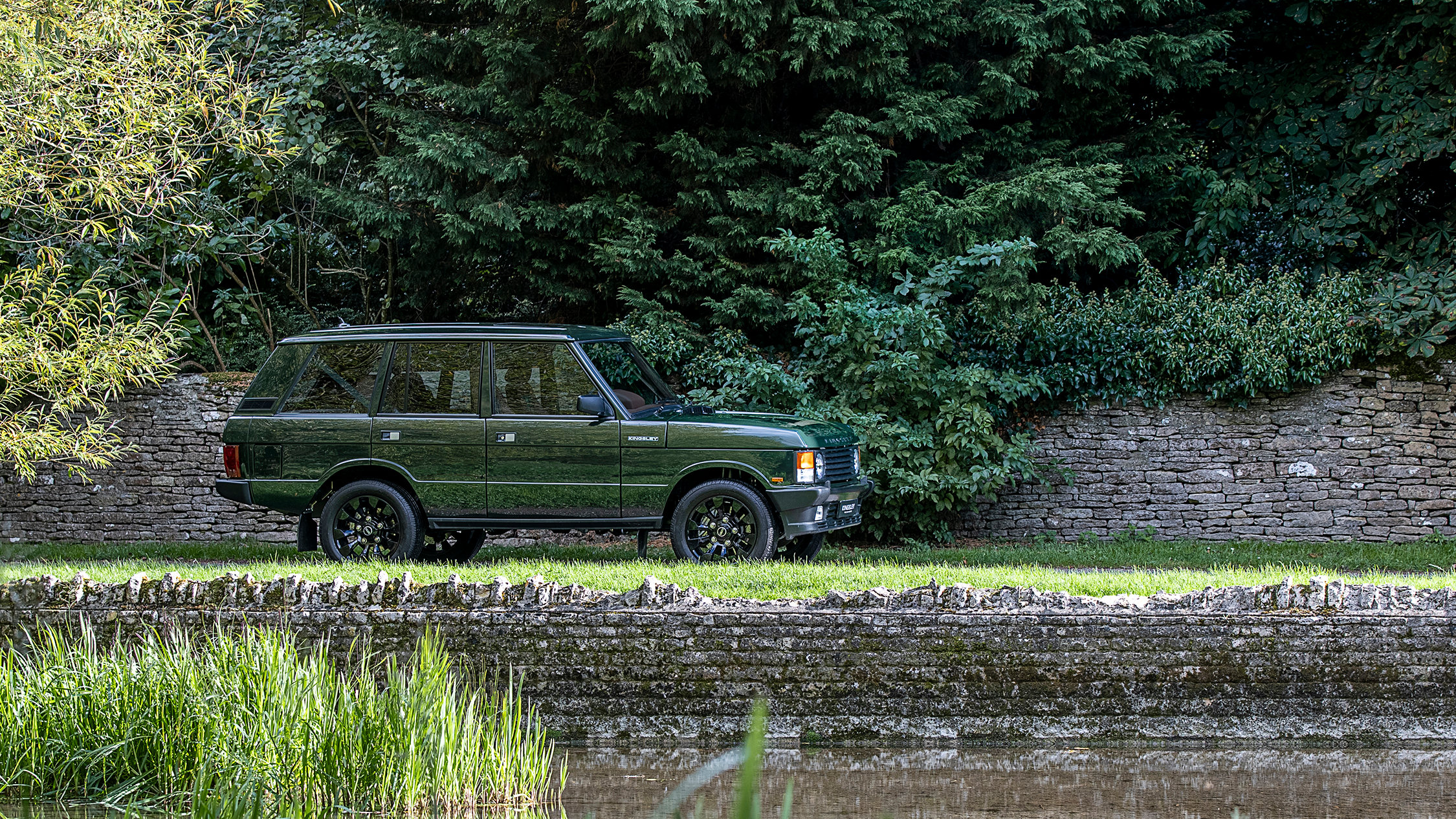 Kingsley Re-Engineered brings the Range Rover Classic into the modern era with the new KSR
Kingsley Re-Engineered brings the Range Rover Classic into the modern era with the new KSRA sophisticated retromod transforms the iconic original Range Rover into a thoroughly stylish and modern luxury SUV
-
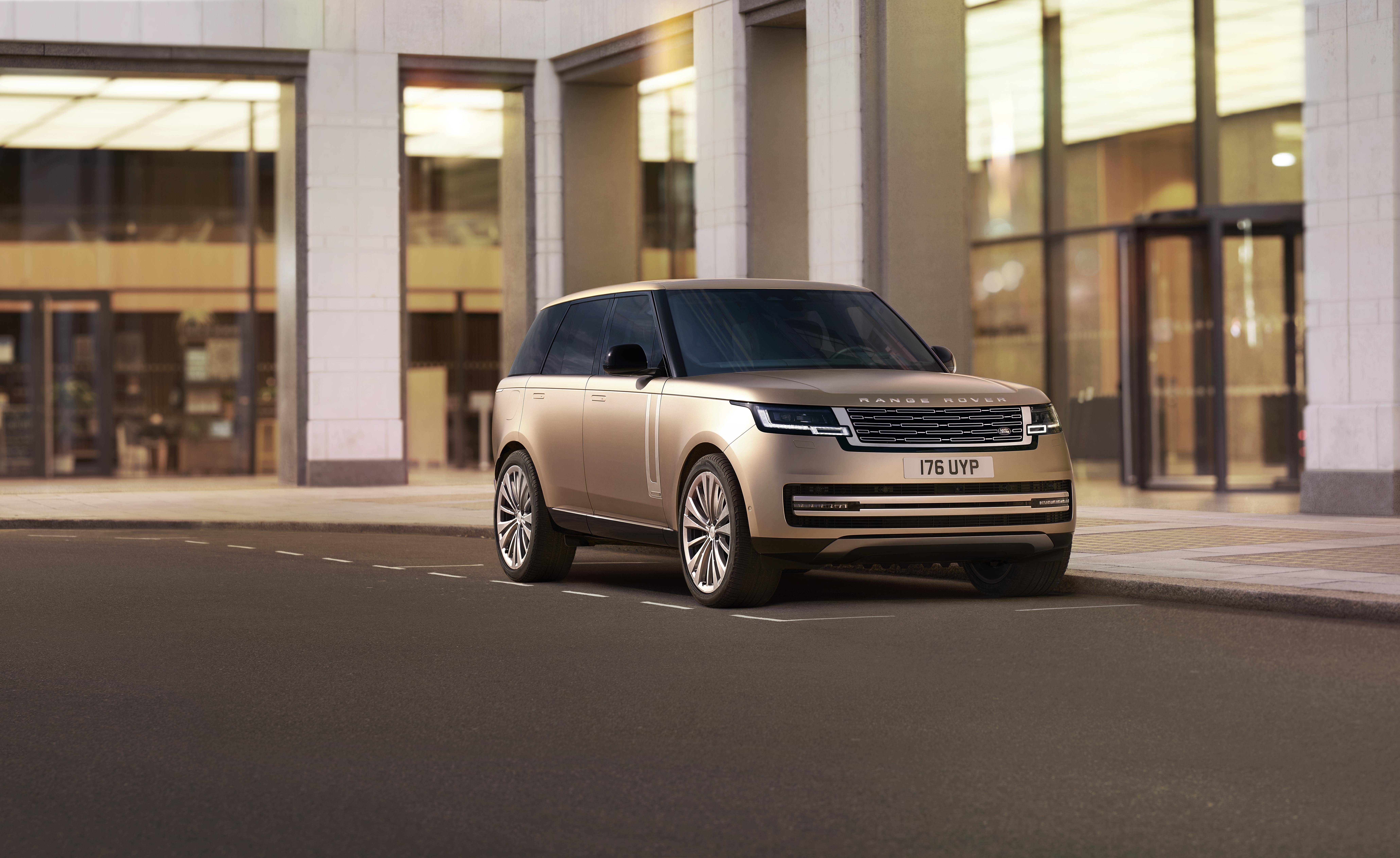 New 2022 Range Rover is an architectural powerhouse
New 2022 Range Rover is an architectural powerhouseTough but refined, the 2022 Range Rover cloaks its athletic abilities and off-road agility beneath a sharp suit informed by a modernist approach
-
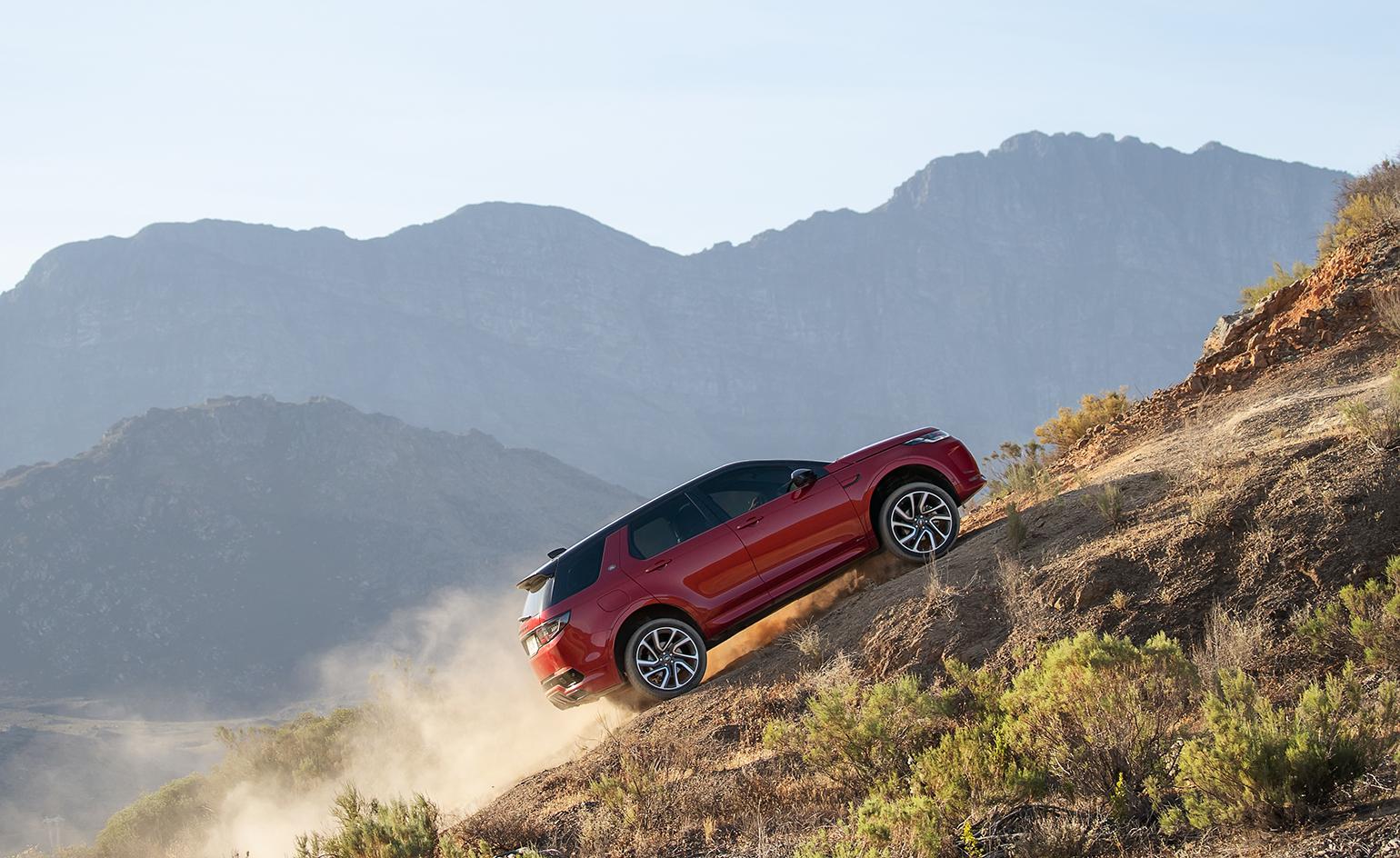 Hit the road: Land Rover Discovery Sport loves both mud and tarmac
Hit the road: Land Rover Discovery Sport loves both mud and tarmac -
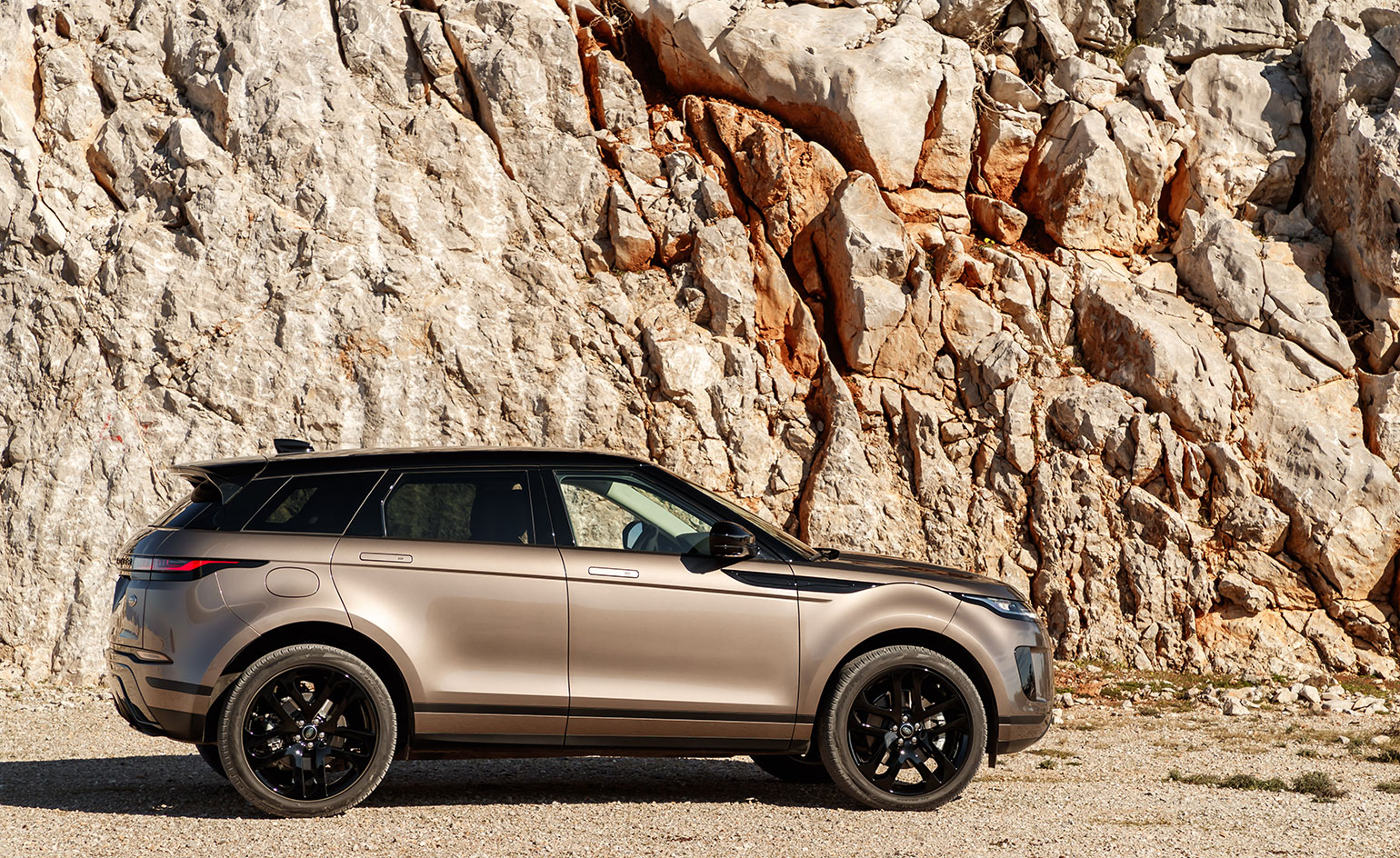 Range Rover Evoque returns as a progressive competitor in the sports-utilities market
Range Rover Evoque returns as a progressive competitor in the sports-utilities market -
 The new Range Rover Evoque has been developed for electrification
The new Range Rover Evoque has been developed for electrification -
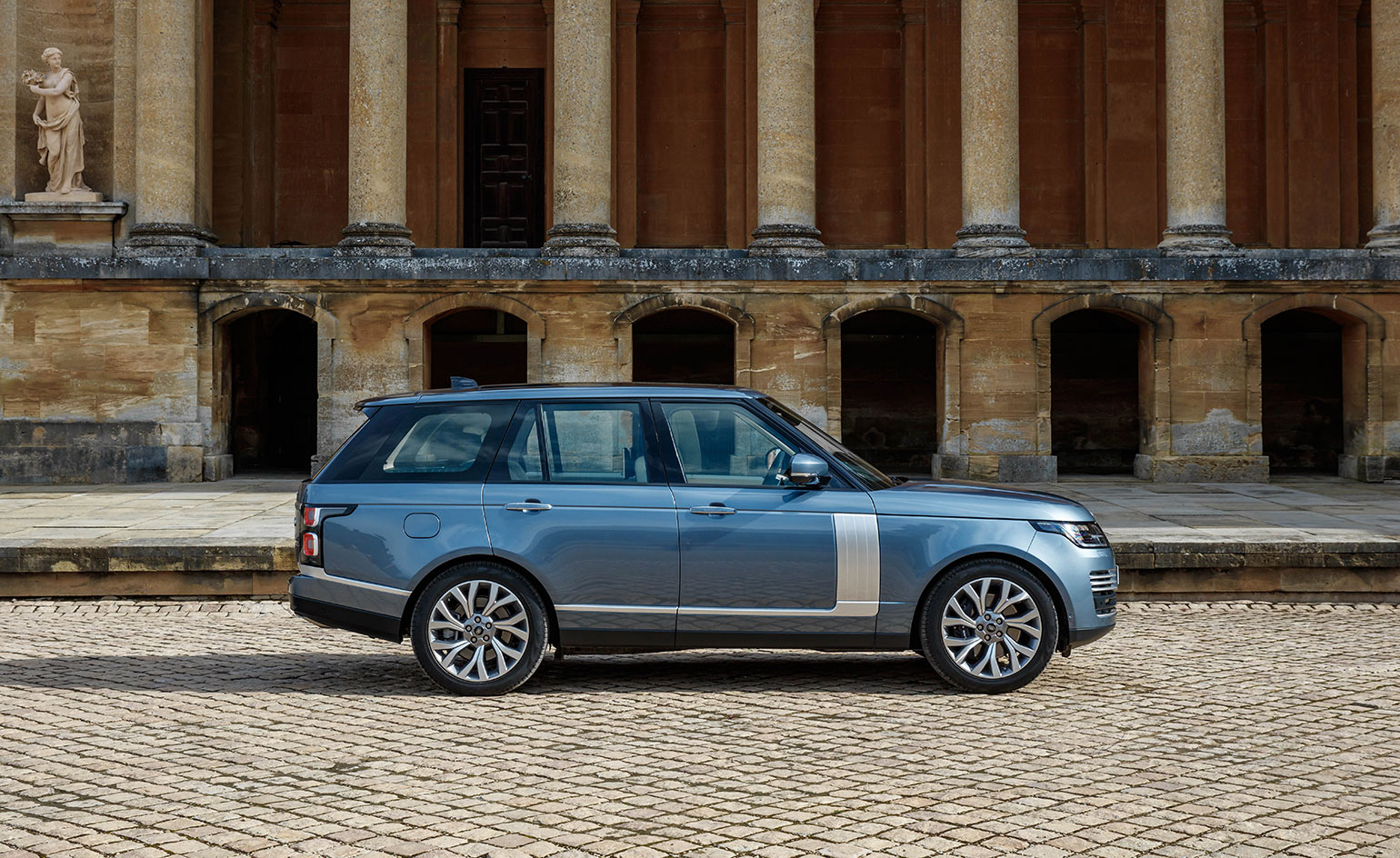 Range Rover PHEV drives luxury into the electric hybrid market
Range Rover PHEV drives luxury into the electric hybrid market -
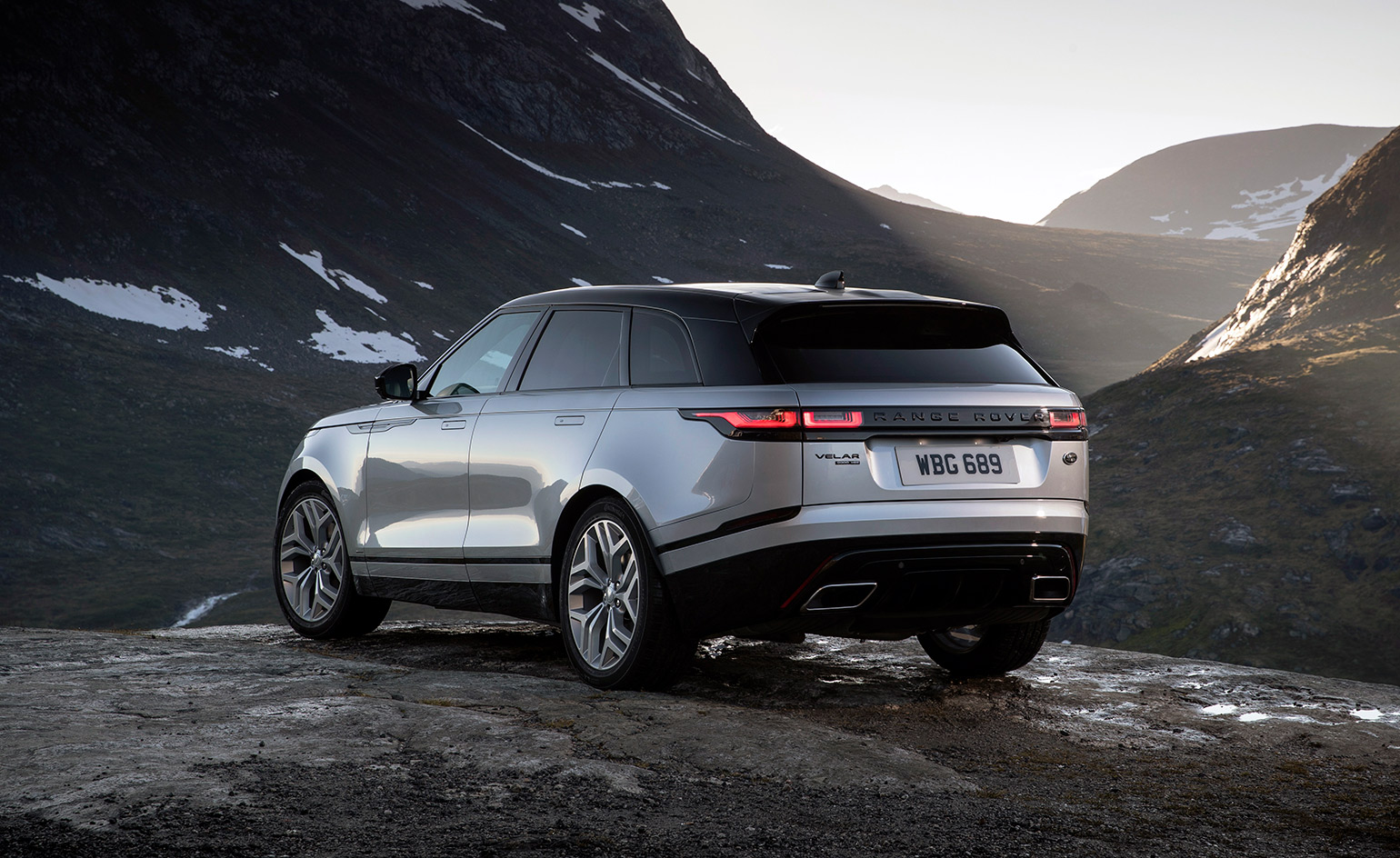 Range Rover Velar has the aesthetic sensibility of a luxury smartphone
Range Rover Velar has the aesthetic sensibility of a luxury smartphone -
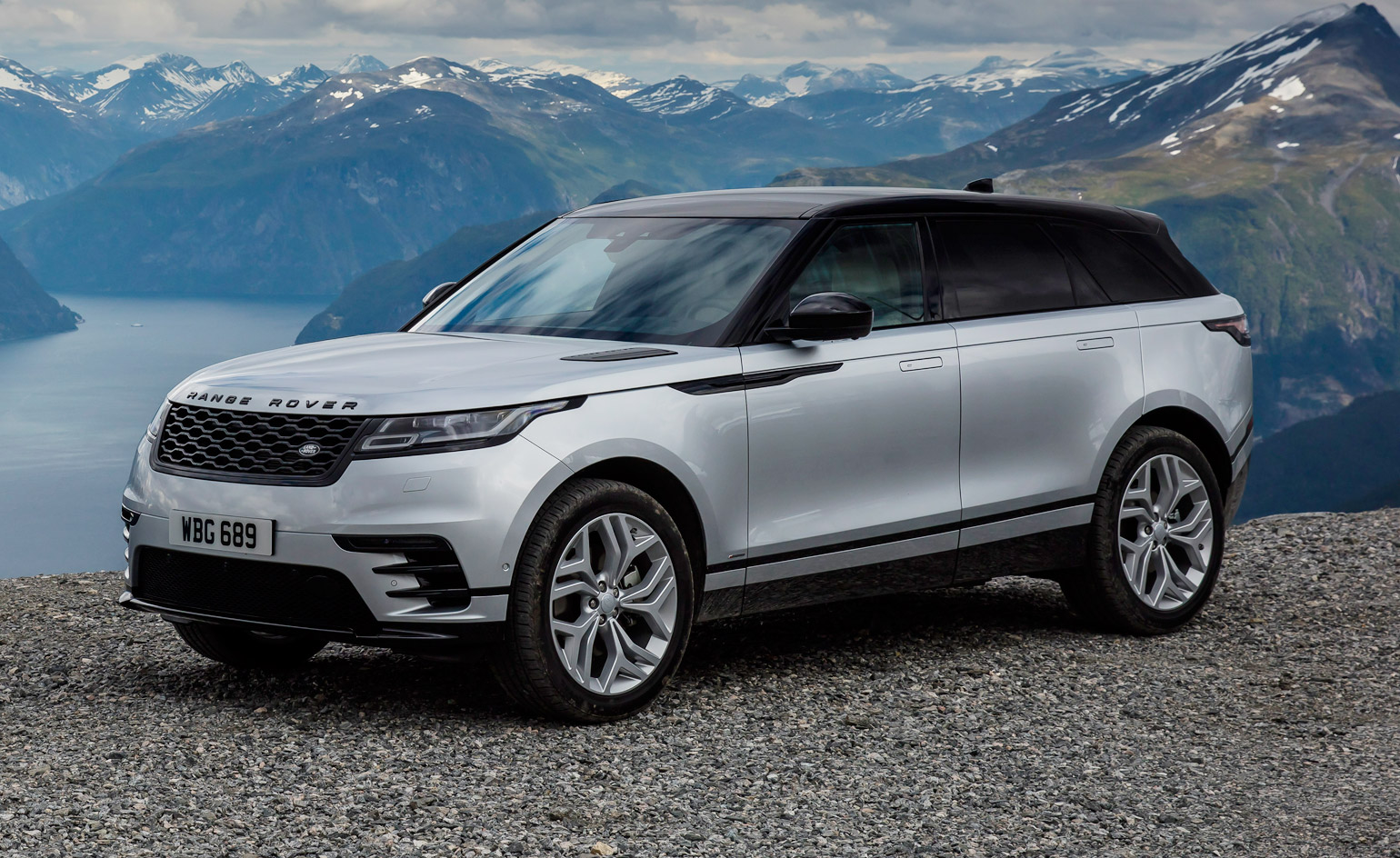 The Range Rover Velar exudes quiet confidence in a slick package
The Range Rover Velar exudes quiet confidence in a slick package